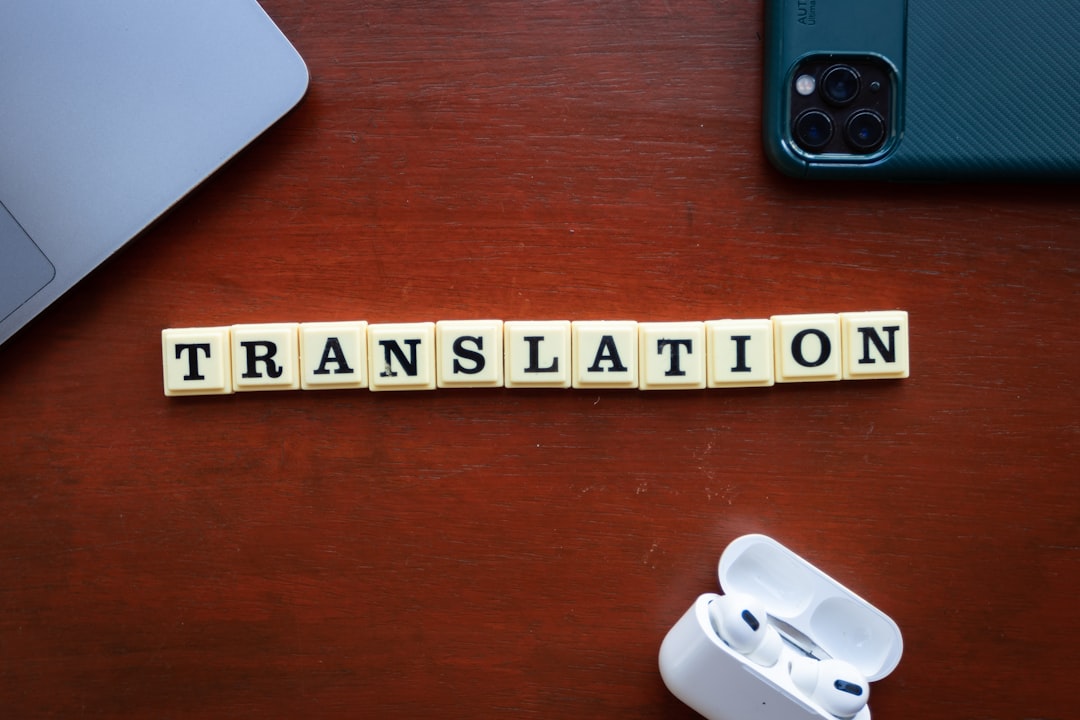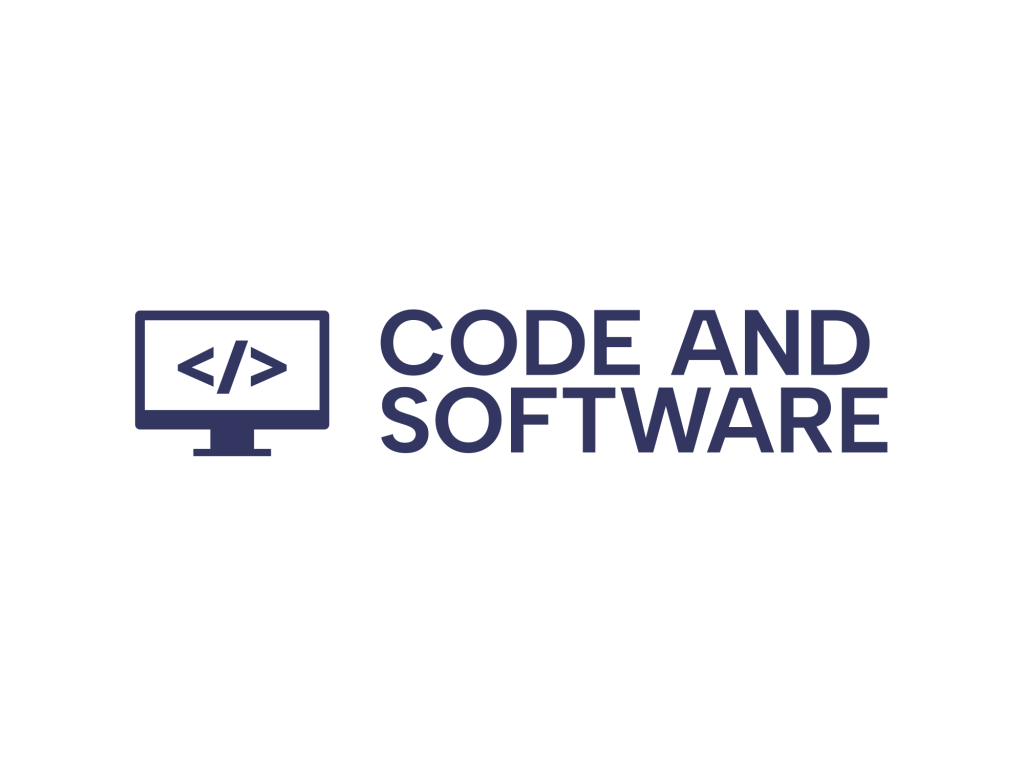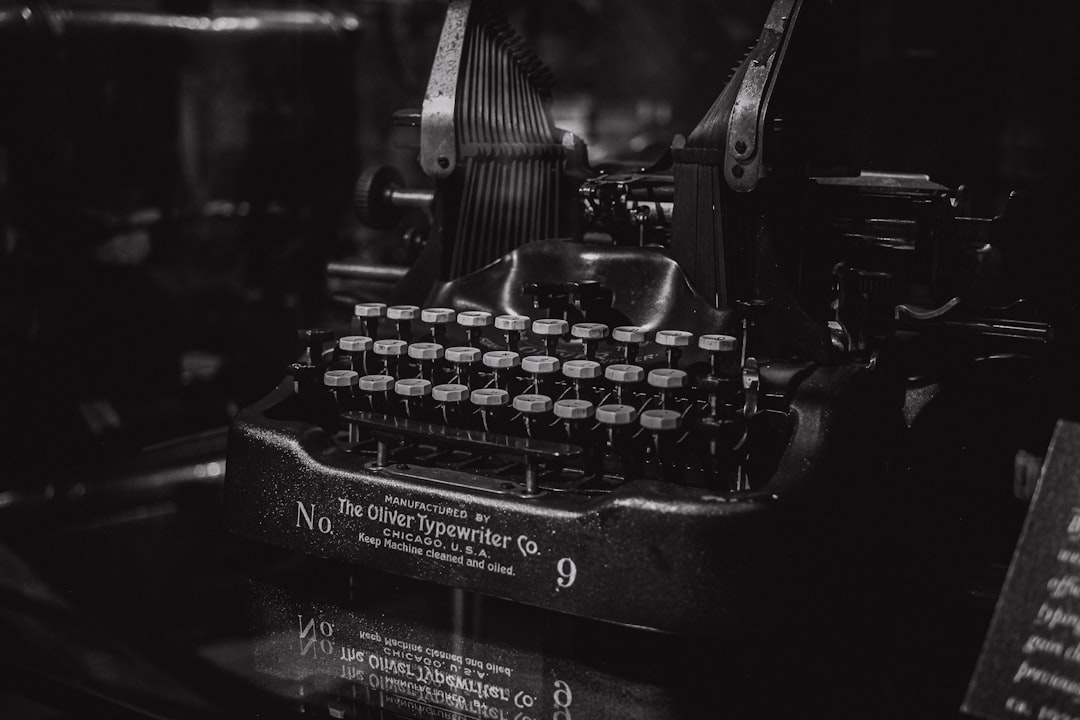Artificial Intelligence (AI) has made remarkable strides in language processing, and the advent of machine translation technology has transformed how we communicate across linguistic barriers. Apps and services like Google Translate and DeepL have become ubiquitous tools for translating everything from social media posts to technical documents. But as the capabilities of AI continue to evolve, a critical question emerges: Is AI translation suitable for translating literary works?
Literary translation is fundamentally different from everyday or technical language translation. It’s not just about converting words from one language to another; it involves capturing cultural nuances, emotional undertones, metaphors, and stylistic devices. These are elements deeply rooted in human creativity and experience—territory where AI still struggles.
Let us explore some key areas where AI translation excels and where it falls short in the realm of literature.
Strengths of AI Translation in Literature
There’s no denying that AI has some tangible benefits when applied to the translation of literary texts:
- Speed: AI can translate vast quantities of text in seconds, making it an attractive first step in the translation process.
- Cost-efficiency: For projects with limited budgets, AI offers a cost-effective way to generate a rough draft.
- Multilingual reach: AI models trained on multiple languages can provide immediate access to literature in different tongues.
- Constant improvement: With continuous learning algorithms and training on larger datasets, AI translation systems improve over time.
However, it’s important to note that these benefits often apply more readily to factual or formulaic texts than to creative writing.
The Challenges AI Faces with Literary Translation
Despite rapid advancements, AI still contends with several limitations when it comes to translating literature. These issues are not just technical—they speak directly to what makes literature unique.
- Loss of voice and tone: A novelist’s tone or a poet’s rhythm is an essential component of their work. AI frequently flattens or misrepresents these subtleties.
- Cultural context: Idioms, customs, and historical references often get mistranslated or ignored by AI systems lacking cultural comprehension.
- Metaphor and symbolism: Figurative language is notoriously hard for machines to parse. A metaphor that evokes strong imagery in one language may make no sense in a literal translation.
- Characterization and dialogue: Distinctive character voices and dialogues may sound unnatural or robotic when rendered through AI.

Literary fidelity requires not only linguistic precision but also an appreciation of mood, pacing, and artistic storytelling. These are dimensions that AI, despite its computational power, currently lacks the capacity to fully grasp. Human literary translators often read between the lines, picking up on emotion, irony, and double meanings that a machine may miss entirely.
Current Best Practices: Combining AI and Human Expertise
In today’s publishing landscape, some professionals adopt a hybrid approach. They use AI-generated translations as a first draft, followed by thorough human editing and stylistic adjustment. This method offers several advantages:
- Efficiency: Starting with a machine-generated draft can save time in the initial stages of a translation project.
- Preservation of artistic quality: Skilled translators can sculpt the raw machine output into a beautiful, faithful rendition of the original text.
- Consistency: AI can help maintain terminology consistency, which is especially useful in longer works or series.
However, this approach still relies heavily on human judgment, and it underscores the current limitations of AI technology in capturing the soul of a literary piece.

The Ethical Dimension
There’s also an ethical component to consider. Entrusting a literary work entirely to machine translation can devalue the intellectual and artistic labor of professional translators. Literary translators often have deep ties to both cultures involved and make deliberate, informed choices about every sentence and phrase. Over-reliance on AI can risk commodifying this nuanced craft.
Conclusion
While AI translation tools have significantly advanced and can be useful in certain contexts, relying exclusively on AI to translate literary works is, at present, inadequate. Literature demands more than literal accuracy—it seeks to evoke feeling, explore culture, and communicate human experience across borders. These objectives require not just fluency, but artistry and sensibility.
For now, and for the foreseeable future, the task of literary translation remains primarily a human endeavor—one that AI can support, but cannot yet replace.


Leave a Reply